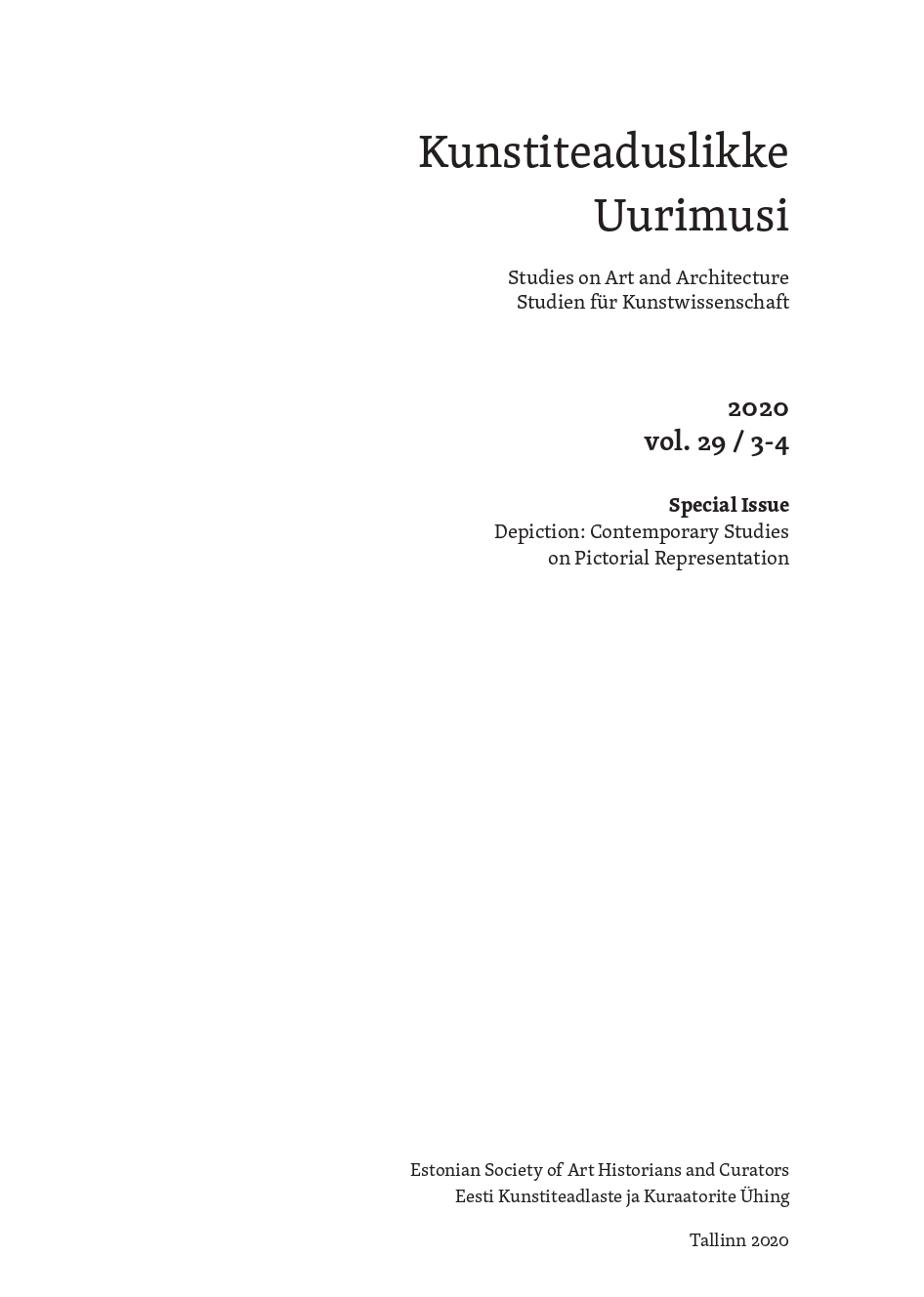Barthes’s Punctum and the Parallax Gap in Photography
Barthes’s Punctum and the Parallax Gap in Photography
Author(s): Neeme LoppSubject(s): Photography, Aesthetics, Psychoanalysis, Sociology of Art
Published by: Eesti Kunstiteadlaste Ühing
Keywords: Barthes; Punctum; Parallax Gap; Photography;
Summary/Abstract: This article is about punctum – the Latin term that the French literary theorist Roland Barthes (1915–1980) resurrected to describe a phenomenon that haunted him in photography – and the confusion that has surrounded it. Barthes’s initial interest was: what does in fact draw us to photographs? What is it in a photograph that captures our attention, fires up our desire and fuels our interest in a way that other pictures do not? What addresses us, aims at us and strikes us in a photograph? Does it say anything particular about a photograph as such, about our unconditional and uncomplicated relation to it? The article has four main focal points: (1) the genealogy of Barthes’s ideas on photography and the misinterpretation of his book Camera Lucida (where the term punctum is utilised) as solely a reaction to his mother’s death, (2) the confusion regarding the meaning of punctum and the sources of that confusion, (3) the polemic between Michael Fried and James Elkins on Barthes’s theory of photography, especially regarding punctum, and (4) the sense of punctum as something that exposes the parallactic nature of photography – the co-existence of ‘documentary’ and ‘artistic’ perspectives that shifts the object – and its meaning to picture theory.
Journal: Kunstiteaduslikke Uurimusi
- Issue Year: 29/2020
- Issue No: 03+04
- Page Range: 107-117
- Page Count: 11
- Language: English
- Content File-PDF

